1. Coffee Refills
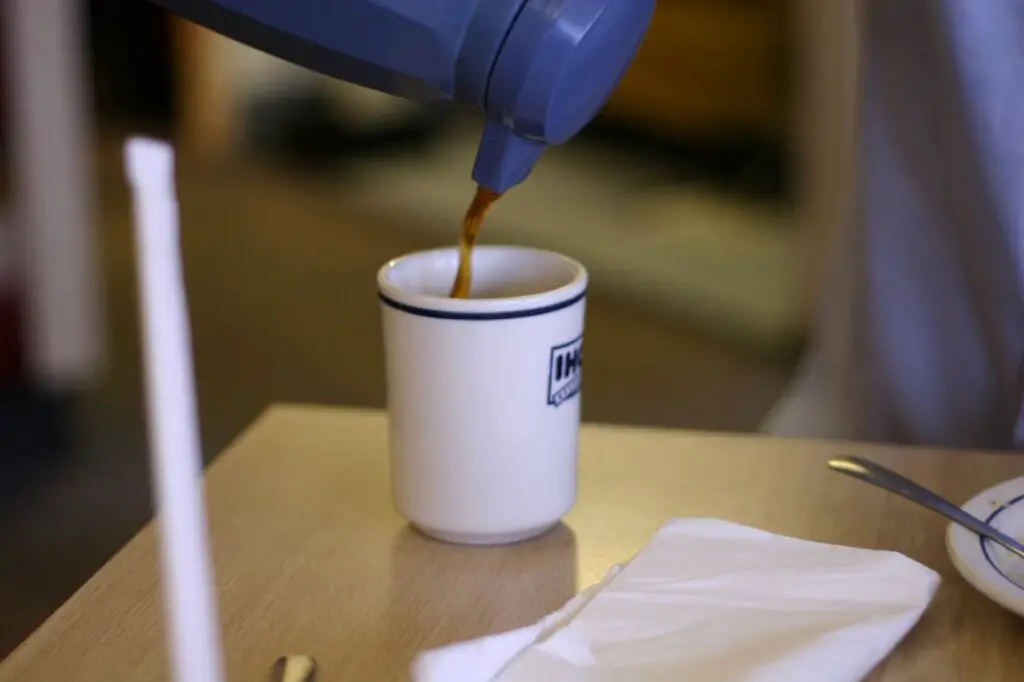
Not too long ago, coffee refills were a staple of any diner experience, especially in places like New York or across the Midwest. For years, it was a given that if you ordered a cup of coffee, you could sit back and enjoy as many refills as your heart desired without spending a dime extra. However, many restaurants and cafes have started charging for additional cups, especially at chain coffee shops, according to Danielle Harling from Delish. The reason behind this shift is likely related to rising overhead costs and the increased demand for specialty drinks like lattes and cappuccinos, which are priced higher than a simple cup of drip coffee.
Now, some places might offer refills at a discount or include them in loyalty programs, but in many trendy spots or fancier establishments, you’ll find yourself paying for every cup. This change reflects a broader trend where businesses are squeezing every possible dollar from customers, even in areas where freebies were once a symbol of customer satisfaction. As people become accustomed to the idea of paying for refills, it could be an indication of how much the service industry has evolved. The free refill is a nostalgic piece of the past that’s slipping away.
2. Parking
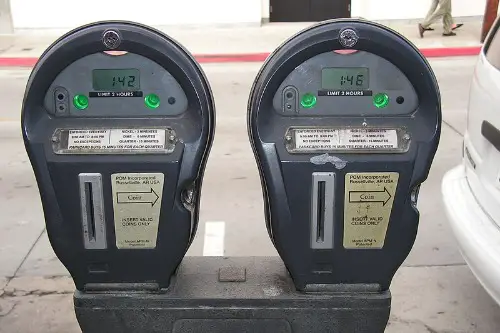
In many cities across America, parking used to be something you didn’t have to think twice about – finding a spot was often free, or at most, a small fee was charged in public lots. But today, with urban sprawl, tourism, and dense populations, finding a free parking spot is almost a rarity, according to Peter Coy from The New York Times. Cities like San Francisco, New York, and Los Angeles are leading the charge with parking meters and expensive garages, often charging upwards of $30 for just a few hours. Parking is now treated like a premium service, with the city using fees to discourage congestion and raise revenue.
This change is driven by a combination of factors, including the rise of ride-sharing apps, the push for more sustainable urban planning, and the desire to make public spaces more pedestrian-friendly. As people move to cities and car ownership remains high, the pressure on parking infrastructure has made it a valuable commodity. Many people find themselves spending more time circling the block than actually parking. In the end, parking has transformed from a public utility to an expensive hassle.
3. Public Restrooms
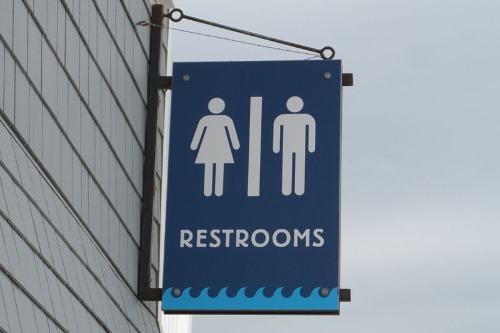
It wasn’t all that long ago that public restrooms were a free and essential part of every shopping center, public park, or transportation hub in America. Today, especially in major cities, you’ll often have to pay a fee just to use the bathroom, particularly in places like airports or tourist-heavy areas, according to Elizabeth Yuko from Bloomberg. In some cities, like Chicago, businesses have implemented pay-to-use facilities in high-traffic zones, primarily due to the increasing costs of cleaning and maintenance. The change has led to frustration for those who were accustomed to quick and easy restroom access.
The trend of charging for public restrooms often stems from a mix of budget cuts in public facilities and the desire to prevent people from using restrooms as a free pass to linger in public spaces. While the fee may seem small, it can add up quickly for travelers or anyone on the go. This shift is part of a broader trend where things that were once considered public services are now commodified to keep up with rising operational costs. Unfortunately, it’s also a reminder of how much public spaces have evolved in the age of privatization.
4. Wi-Fi
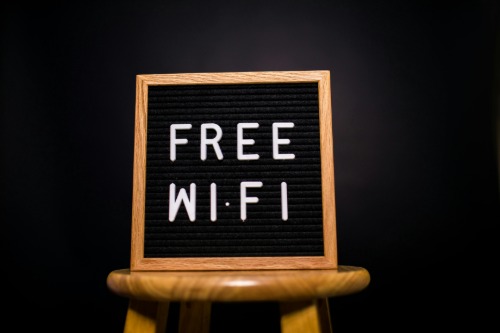
Not too long ago, many coffee shops, airports, and even hotels offered free Wi-Fi as a standard perk. In fact, the idea of paying for Wi-Fi was nearly unheard of, with most people expecting to connect without a second thought. Today, however, Wi-Fi access has become a revenue generator for businesses and service providers. While some cafes still offer free Wi-Fi, you’ll often find that many hotels, airports, and restaurants charge for premium access or limit free access to just a few hours.
The shift to paid Wi-Fi has largely been driven by the increasing demand for high-speed internet and the operational costs associated with providing reliable service. The growing ubiquity of smartphones and tablets has made Wi-Fi a must-have for people on the go, which has opened the door for businesses to charge for access. As public Wi-Fi becomes more valuable, more venues have decided to monetize this service, making it something you have to pay for if you need a steady connection. It’s become a necessity that’s no longer free.
5. Streaming Content
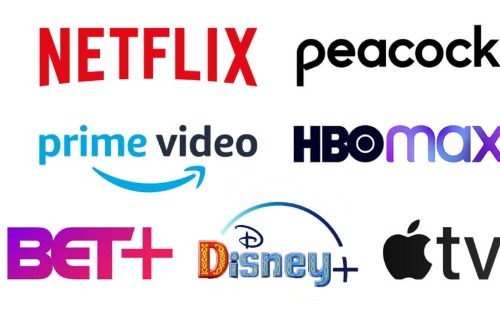
Once upon a time, watching movies or TV shows was something you could do without worrying about paying extra, as cable and antenna TV were ubiquitous and mostly free. But now, to get access to a wide range of movies and television shows, you have to subscribe to various streaming platforms like Netflix, Hulu, or Disney+. Even public television, which once provided free broadcasts to all, is shifting toward more paywall-protected content. The explosion of streaming services has led to a new media landscape where “free” entertainment is harder to find, Justine Fisher from CNBC reports.
The increasing fragmentation of content across multiple platforms is one of the major reasons for this change. While you can still catch a few shows on basic cable or over-the-air broadcasts, it’s no longer the norm to expect a comprehensive viewing experience without a monthly subscription. And with many people cutting the cord and turning to streaming as their primary source of entertainment, it’s become clear that the days of free content, especially premium TV, are long behind us. The subscription model is here to stay, and it’s a significant departure from the all-inclusive, free entertainment many once enjoyed.
6. Printing
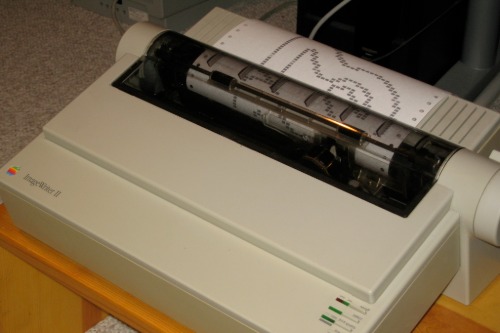
In the past, printing a document was something that could be done for free, whether at a library, university, or even in office buildings. Today, however, it’s common to find a small fee attached to printing services at libraries, cafes, or public spaces. The reason for this shift is simple: printers and paper cost money, and maintenance on printers is an ongoing expense for businesses. Additionally, the increase in digital submissions and the decrease in traditional paperwork has made it less of a priority to offer free printing services.
For students, job seekers, or anyone who doesn’t have a home printer, the price of printing can quickly add up. The move to charge for printing is part of a broader trend of monetizing once-free services, especially in spaces where people may need them the most. While there are still some places that offer free printing, it’s increasingly becoming a paid service. This can be frustrating for those who remember when print jobs were no big deal, but it’s become part of the reality of modern life.
7. Water
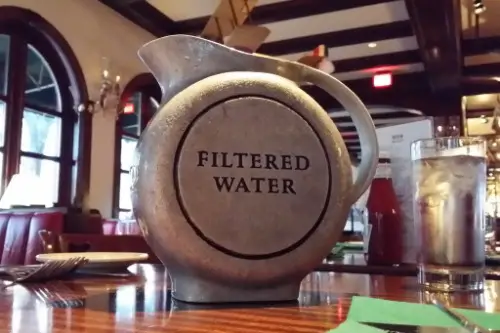
Once, it was entirely common to grab a free glass of water in restaurants, cafes, or even at a public water fountain. Fast forward to today, and many restaurants and venues are charging for bottled water, while water fountains are sometimes scarce or poorly maintained. Bottled water can be marked up significantly, with prices ranging from a few dollars for a single bottle, particularly in tourist-heavy areas. The shift to charging for water is driven by a combination of environmental concerns, rising costs for bottled water, and businesses trying to profit from a basic necessity.
What used to be a basic, free offering is now a for-profit service, and it’s part of the trend where basic amenities have become an additional cost. In some cities, there’s a movement to bring back public water fountains and reduce the need for bottled water to lessen waste. However, in many places, you’re still expected to pay for even the simplest of drinks. The price of water is a symbolic example of how far we’ve moved from the concept of public goods being available without charge.
8. Healthcare
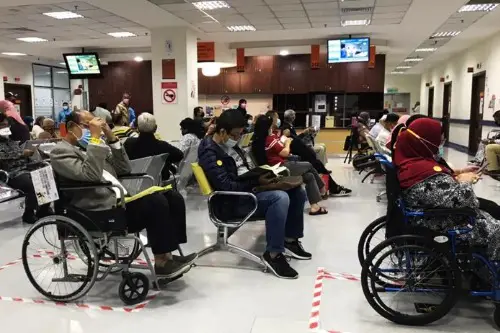
Healthcare is one of the biggest areas where things have changed from being free or very inexpensive to costly in America. In the past, many people were able to receive basic healthcare services without a hefty price tag, either through employer-provided health plans or government-funded programs like Medicaid or Medicare. Today, with the rising costs of medical care, even basic doctor visits, prescriptions, and minor procedures often come with a hefty fee, even for those with insurance. For the uninsured, the costs can be astronomical, leading to massive out-of-pocket expenses.
The healthcare system in America has shifted from a model focused on accessibility to one that prioritizes profitability. Insurance companies, pharmaceutical companies, and medical providers have all contributed to skyrocketing prices, leading to a situation where many Americans have to pay significant amounts just to receive basic care. With the introduction of more private health insurance plans, many have lost access to affordable services. As healthcare becomes increasingly tied to private insurance and out-of-pocket costs, the days of free or low-cost care are quickly becoming a thing of the past.
9. Education
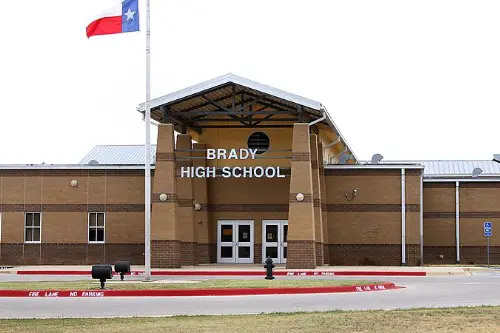
Education used to be much more accessible, with many people receiving a high-quality education at little to no cost. Public education, in particular, was designed to be free and universally available to all. However, over the last several decades, tuition costs for higher education have skyrocketed, with many students graduating with tens of thousands of dollars in student loan debt. Even K-12 education is increasingly seeing fees for extracurricular activities, materials, and even field trips.
The shift toward charging for education is a result of a number of factors, including underfunded public schools, rising administrative costs, and the privatization of higher education. Today, a college degree is often considered essential for securing good jobs, which has created an increasing demand for education at a high cost. While there are still some free public education opportunities, the reality is that the system is far from the free education many Americans once enjoyed. This has led to a national conversation about student loan debt and the accessibility of higher education.
10. Museums and Cultural Institutions
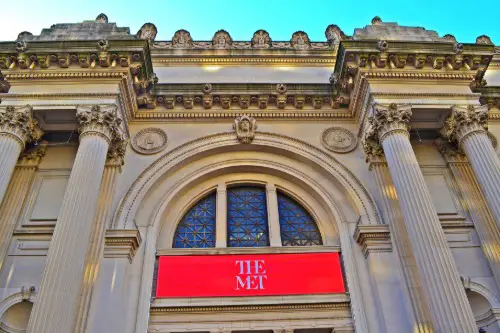
It wasn’t long ago that visiting a museum or cultural institution was typically free or very low cost, especially in cities like Washington D.C. and New York, where many institutions were funded by government grants. However, today, more museums are charging for entry, particularly for special exhibits or events. This shift toward charging for admission is due to a combination of funding cuts, the rise of private sponsorships, and the need for museums to remain financially sustainable.
Many museums now offer membership programs or suggested donation fees, making it harder to experience cultural exhibits without paying. While some free options still exist, the notion of museums being universally accessible to everyone, regardless of income, is becoming less common. As a result, certain exhibits or cultural experiences are now out of reach for many, especially in larger cities. This transformation reflects the broader trend of monetizing cultural resources once thought to be a public good.
11. Bank Accounts
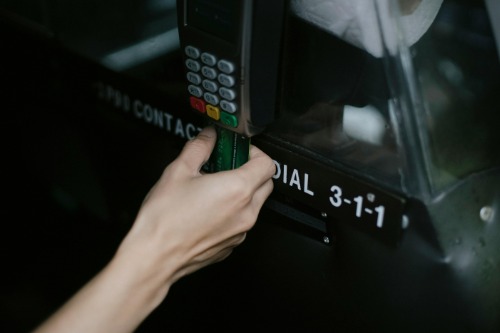
It used to be the case that basic bank accounts came with no fees, and you could easily deposit and withdraw money without worrying about hidden charges. Today, however, it’s not uncommon to encounter monthly maintenance fees, ATM fees, or fees for overdrafts, even at institutions that claim to offer “free” accounts. The move to fee-based accounts is driven by the increasing costs of running banks, as well as the desire for financial institutions to profit from consumer transactions. Many banks now have strict requirements for avoiding these fees, such as maintaining a minimum balance or setting up direct deposits.
This change has made banking more expensive for many people, particularly those who rely on low-fee or free accounts for everyday transactions. With online banking options emerging, some banks have been able to reduce fees, but many traditional brick-and-mortar banks continue to impose charges. For many Americans, these fees have become an unavoidable part of the financial landscape. The shift reflects a larger trend where convenience and access come with an additional price tag.
12. Phone Calls and Texts

When mobile phones first became widely available, many carriers offered unlimited calls and texts as part of their basic plans, and long-distance calls were becoming less of an issue. Fast-forward to today, and many carriers charge for additional calls and texts, especially international ones, and limit the amount of data available without additional fees. The move to limit calls and texts is driven by the rise of data-centric plans and the explosion of apps that offer internet-based communication.
Even though calling and texting are still integral to how we communicate, phone companies have shifted to data-based pricing, where calls and texts are seen as less essential. Many services, including WhatsApp and Facebook Messenger, allow users to bypass traditional calling and texting. The evolution of the mobile phone landscape has turned communication into another service you often need to pay for, even though it used to be free.
13. TV Channels
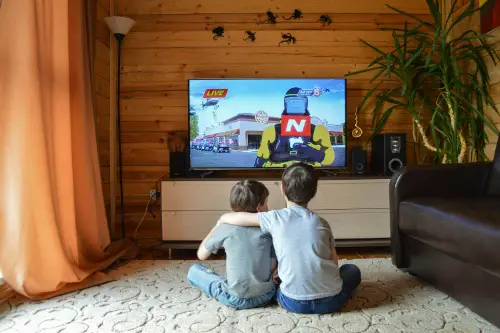
Basic TV channels used to be free and accessible to anyone with an antenna or a basic cable subscription. Today, however, it’s common to see even basic local channels hidden behind paywalls or available only through subscription services like Hulu or YouTube TV. This shift is largely due to the explosion of content streaming and the decline of traditional cable TV, as well as the increasing costs of broadcasting and content creation.
The rise of digital television and streaming has completely changed the landscape, and what was once free is now often part of a paid package. Consumers are now faced with the challenge of subscribing to multiple services to access content that was once readily available. The idea of free TV channels, even local ones, is becoming increasingly outdated as the business model shifts to one that requires consumers to pay for access to content. This is a significant change for many Americans who remember when turning on the TV didn’t come with a price tag.
14. Air Conditioning
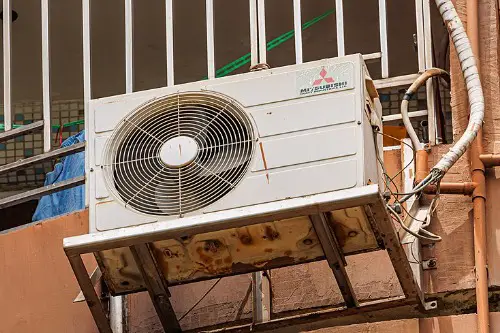
Air conditioning was once considered a luxury reserved for the wealthy, but over time, it became a standard feature in many American homes, apartments, and office buildings. Today, however, some places are charging for air-conditioned spaces, particularly in cities with extreme temperatures or high levels of humidity. The increasing energy costs and the environmental impact of air conditioning have led to a situation where many public buildings, malls, or movie theaters now charge for access to cool environments during the hottest months.
The rise in energy consumption and costs associated with air conditioning has made it a more valuable commodity, especially in states like Texas, Arizona, and Florida. In places where the heat is oppressive, businesses have begun to capitalize on providing cool spaces for a fee. This shift has led to a situation where even basic comfort in the form of temperature control is no longer a given without an associated price. It’s another example of how utilities and comfort, once taken for granted, have become pay-for-use services.
15. Exercise Classes

Gym memberships and personal training sessions used to be the main way people got fit, but group fitness classes, which were once free at many public recreation centers or community gyms, have become an added expense. Today, most group fitness classes, whether at a private gym or a studio, come with an extra fee. This change is due to the growing demand for specialized fitness classes and the costs associated with hiring qualified instructors and maintaining equipment.
The popularity of boutique fitness studios offering high-intensity training or yoga has made it clear that exercise is now a marketable commodity. While some gyms still offer free classes, the options are often limited, and more people are opting to pay for high-quality, specialized fitness services. For many, the idea of going to a free fitness class has become something of the past, replaced by the reality of paying to stay in shape. The rise of these fees reflects the commercialization of health and wellness.


